• Believed purchased new by Hans • MS Productions carbon fuel tank and body panels • Öhlins front and rear suspension • 4,872 kilometres recorded Although Ducati's water-cooled 8-valve v-twin had been around in its original 851 and 888 incarnations for seven years, and indeed, had already won three World Superbike Championships, it was the arrival of the iconic 916 in 1994 that really captured the public's imagination. Styled by Massimo Tamburini, the 916 and its subsequent evolutions established Ducati as one of the world's foremost brand names. Universally recognised as icons of automotive art, Ducati motorcycles have been exhibited in some of the world's foremost museums, including the Guggenheim in New York and the Museum of Modern Art in San Francisco. In developing the original 851, engineer Massimo Bordi created one of the finest motorcycle power plants ever. By the mid-1980s, Ducati's existing air-cooled 4-valve twins were approaching the end of the development, so Bordi started with a clean sheet in creating their water-cooled, 8-valve, fuel-injected successor. Ducati's trademark desmodromic valve actuation system, which closes the valves mechanically rather than relying on springs, was retained, as was the 90-degree angle between the cylinders. Wrapped around this outstanding engine was a frame, consisting of an intricate trellis of straight tubes, whose design has since become standardised throughout the Ducati range. The integration of all these elements was the key to the 916's success; that and a brilliant on-road performance that eclipsed just about everything else around at the time. The Ducati 916 won the World Superbike Championship in its 1994 debut season and its evolutions three times after that. Enough said. This example started life as a 916 Monoposto before Hans set about modifying the machine to 'carbon' specification, upgrading it with an MS Productions carbon fuel tank and body panels almost entirely throughout. He also fitted Öhlins front forks (believed to cost circa €10,000); Spiegler brakes; Marvic magnesium wheels; and an Öhlins rear shock. The guarantee booklet on file suggests Hans purchased the machine new (in July 1995) from KawaMotor (Kawasaki and Ducati dealer) in Munich. Hemut Lichtenberg advises that the cam belts have been changed every two years, the last occasion in 2019. It is recommended that the purchaser immediately change the belts again. Currently displaying a total of 4,872 kilometres on the odometer, the machine is offered with a German Fahrzeugschein; an expired TüV (MoT) certificate and correspondence; Guarantee and Warranty booklet; and an owner's manual.
• Believed purchased new by Hans • MS Productions carbon fuel tank and body panels • Öhlins front and rear suspension • 4,872 kilometres recorded Although Ducati's water-cooled 8-valve v-twin had been around in its original 851 and 888 incarnations for seven years, and indeed, had already won three World Superbike Championships, it was the arrival of the iconic 916 in 1994 that really captured the public's imagination. Styled by Massimo Tamburini, the 916 and its subsequent evolutions established Ducati as one of the world's foremost brand names. Universally recognised as icons of automotive art, Ducati motorcycles have been exhibited in some of the world's foremost museums, including the Guggenheim in New York and the Museum of Modern Art in San Francisco. In developing the original 851, engineer Massimo Bordi created one of the finest motorcycle power plants ever. By the mid-1980s, Ducati's existing air-cooled 4-valve twins were approaching the end of the development, so Bordi started with a clean sheet in creating their water-cooled, 8-valve, fuel-injected successor. Ducati's trademark desmodromic valve actuation system, which closes the valves mechanically rather than relying on springs, was retained, as was the 90-degree angle between the cylinders. Wrapped around this outstanding engine was a frame, consisting of an intricate trellis of straight tubes, whose design has since become standardised throughout the Ducati range. The integration of all these elements was the key to the 916's success; that and a brilliant on-road performance that eclipsed just about everything else around at the time. The Ducati 916 won the World Superbike Championship in its 1994 debut season and its evolutions three times after that. Enough said. This example started life as a 916 Monoposto before Hans set about modifying the machine to 'carbon' specification, upgrading it with an MS Productions carbon fuel tank and body panels almost entirely throughout. He also fitted Öhlins front forks (believed to cost circa €10,000); Spiegler brakes; Marvic magnesium wheels; and an Öhlins rear shock. The guarantee booklet on file suggests Hans purchased the machine new (in July 1995) from KawaMotor (Kawasaki and Ducati dealer) in Munich. Hemut Lichtenberg advises that the cam belts have been changed every two years, the last occasion in 2019. It is recommended that the purchaser immediately change the belts again. Currently displaying a total of 4,872 kilometres on the odometer, the machine is offered with a German Fahrzeugschein; an expired TüV (MoT) certificate and correspondence; Guarantee and Warranty booklet; and an owner's manual.
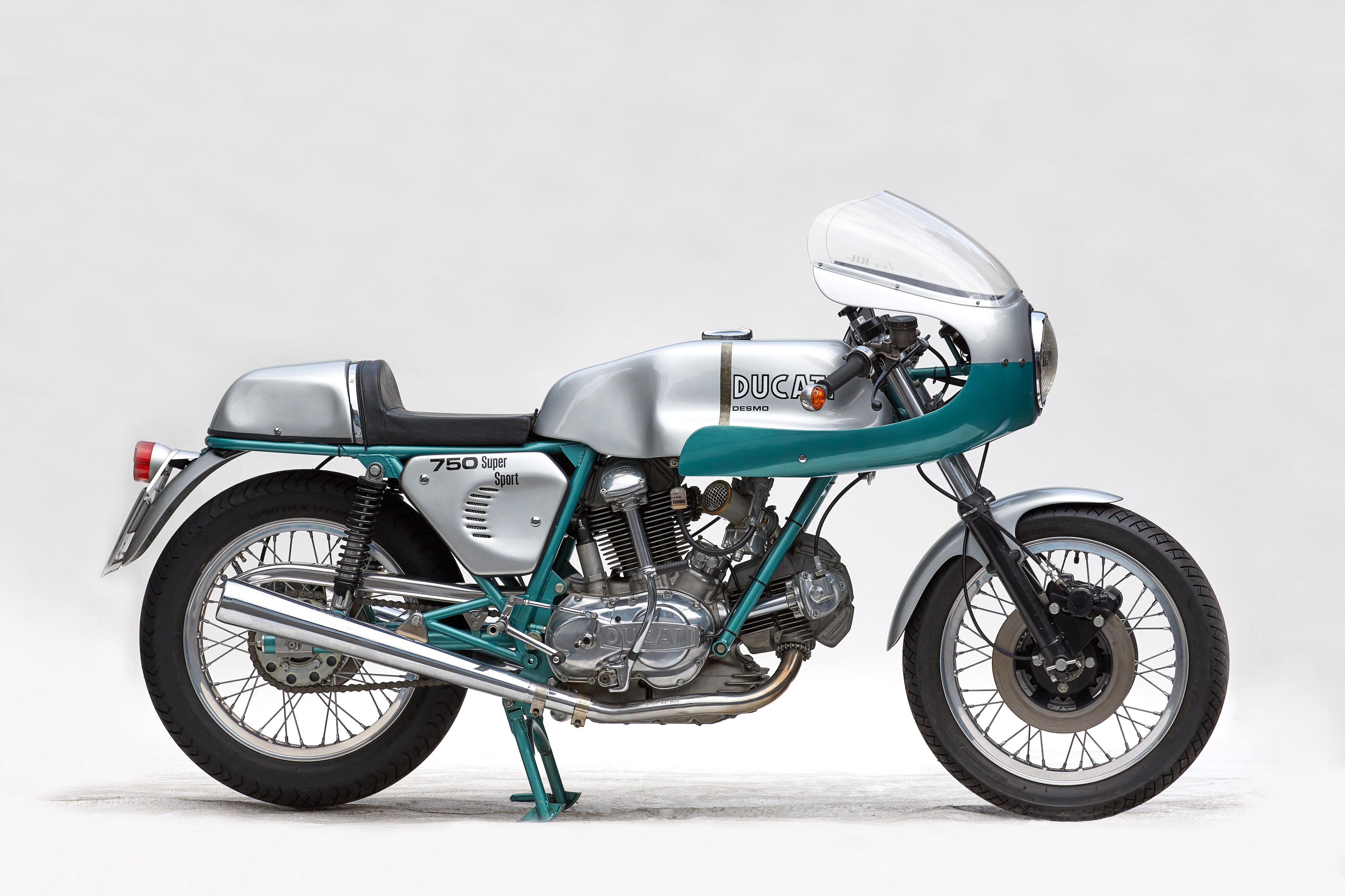

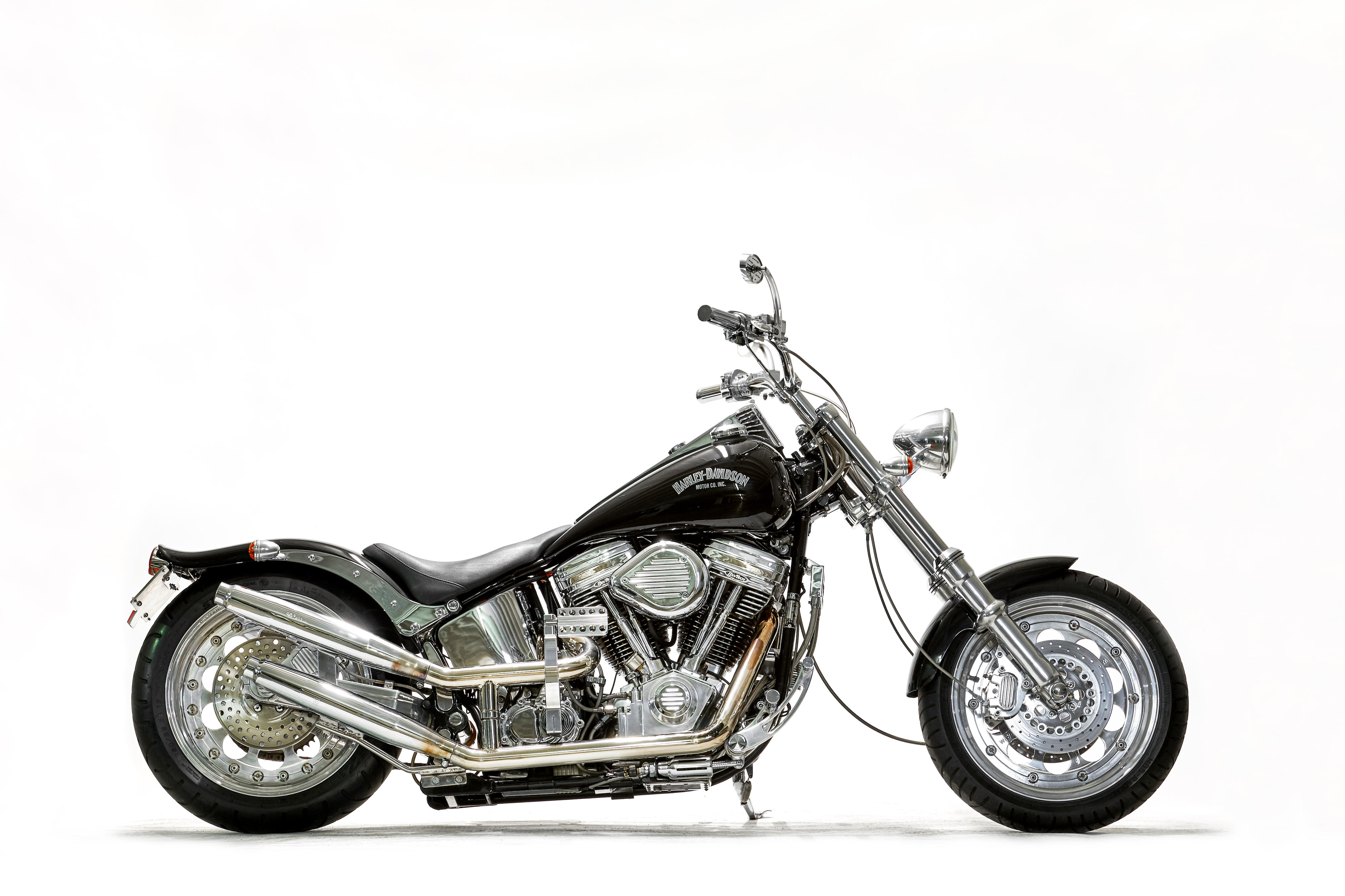
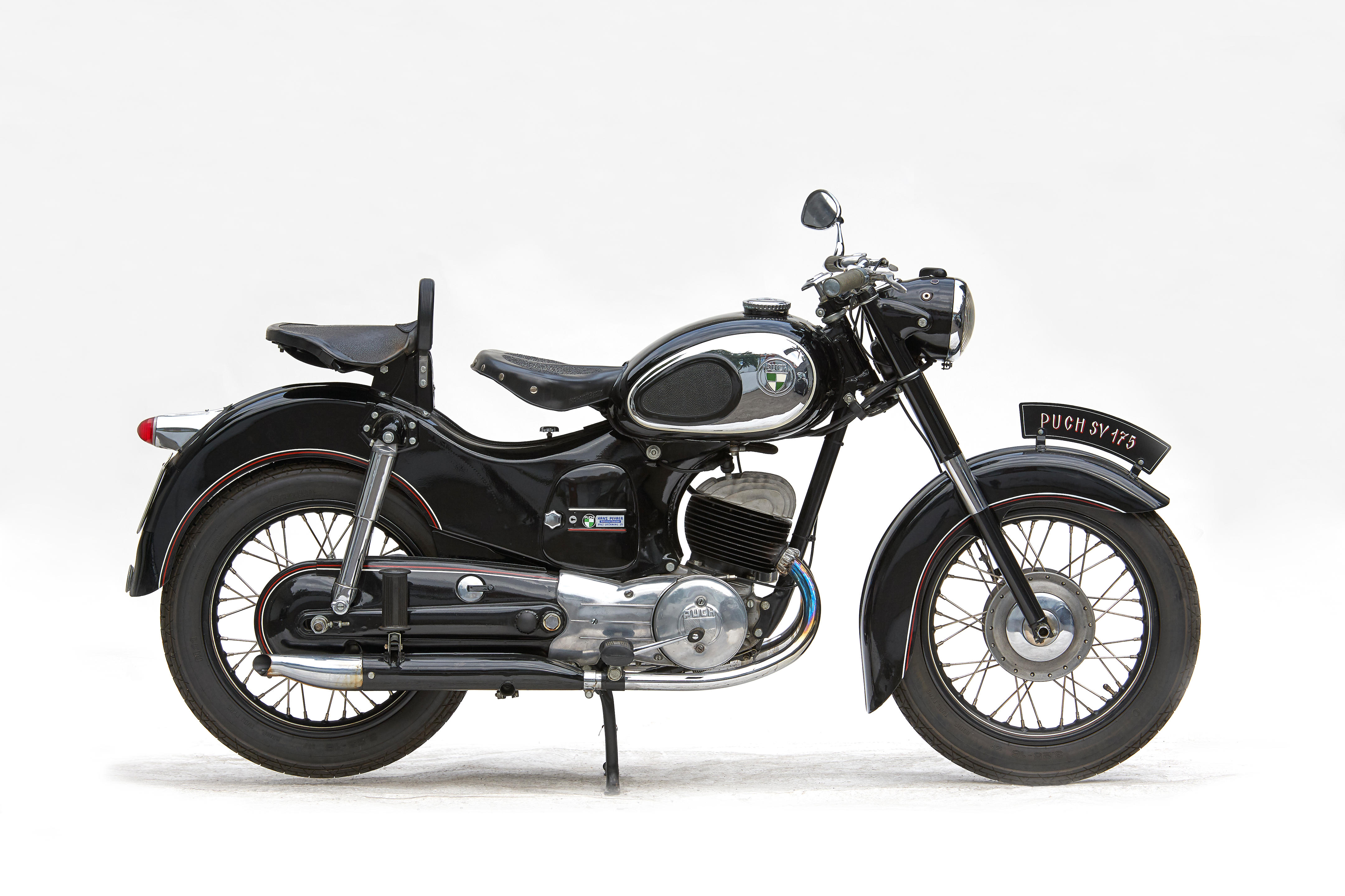
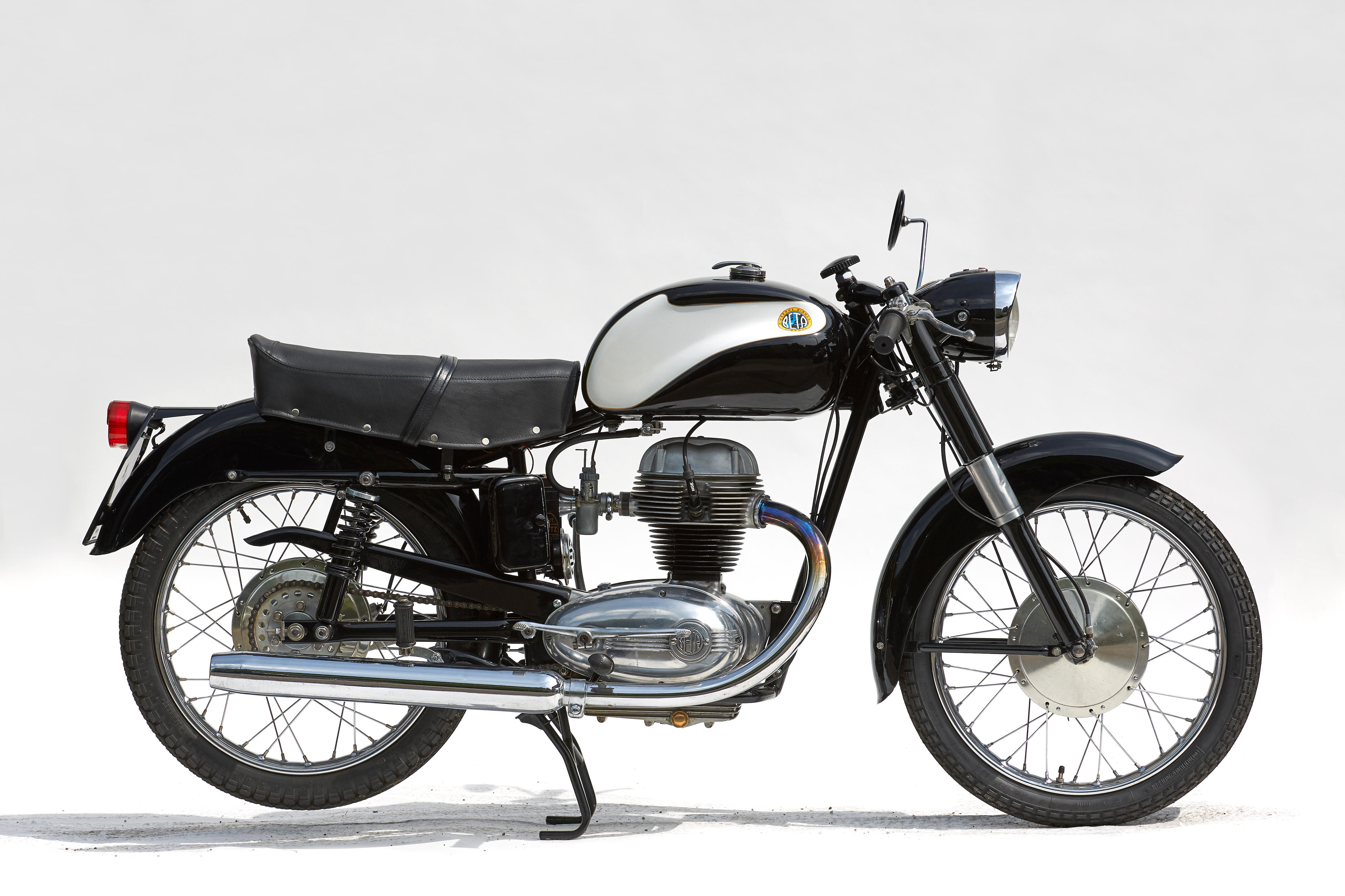
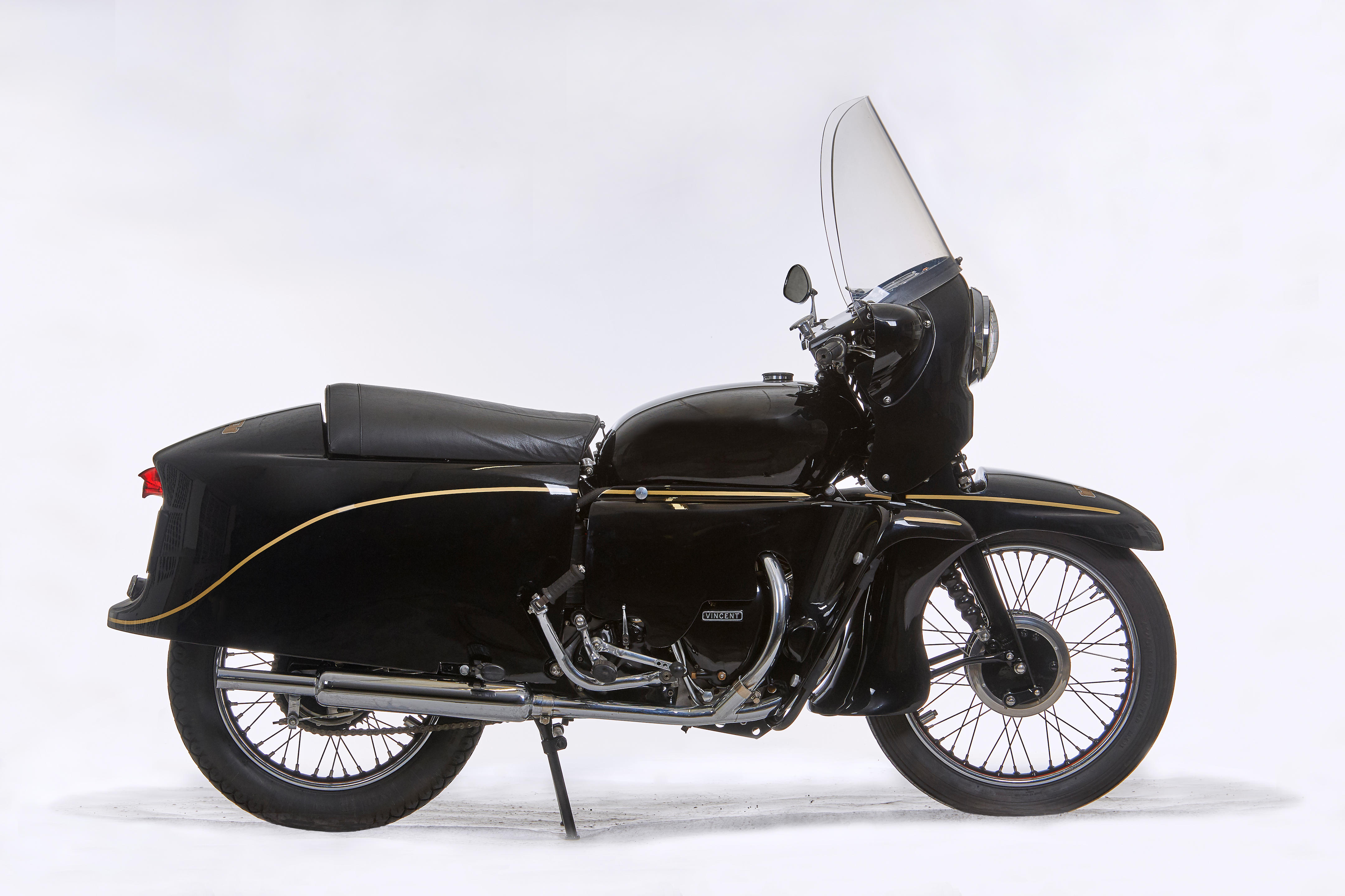


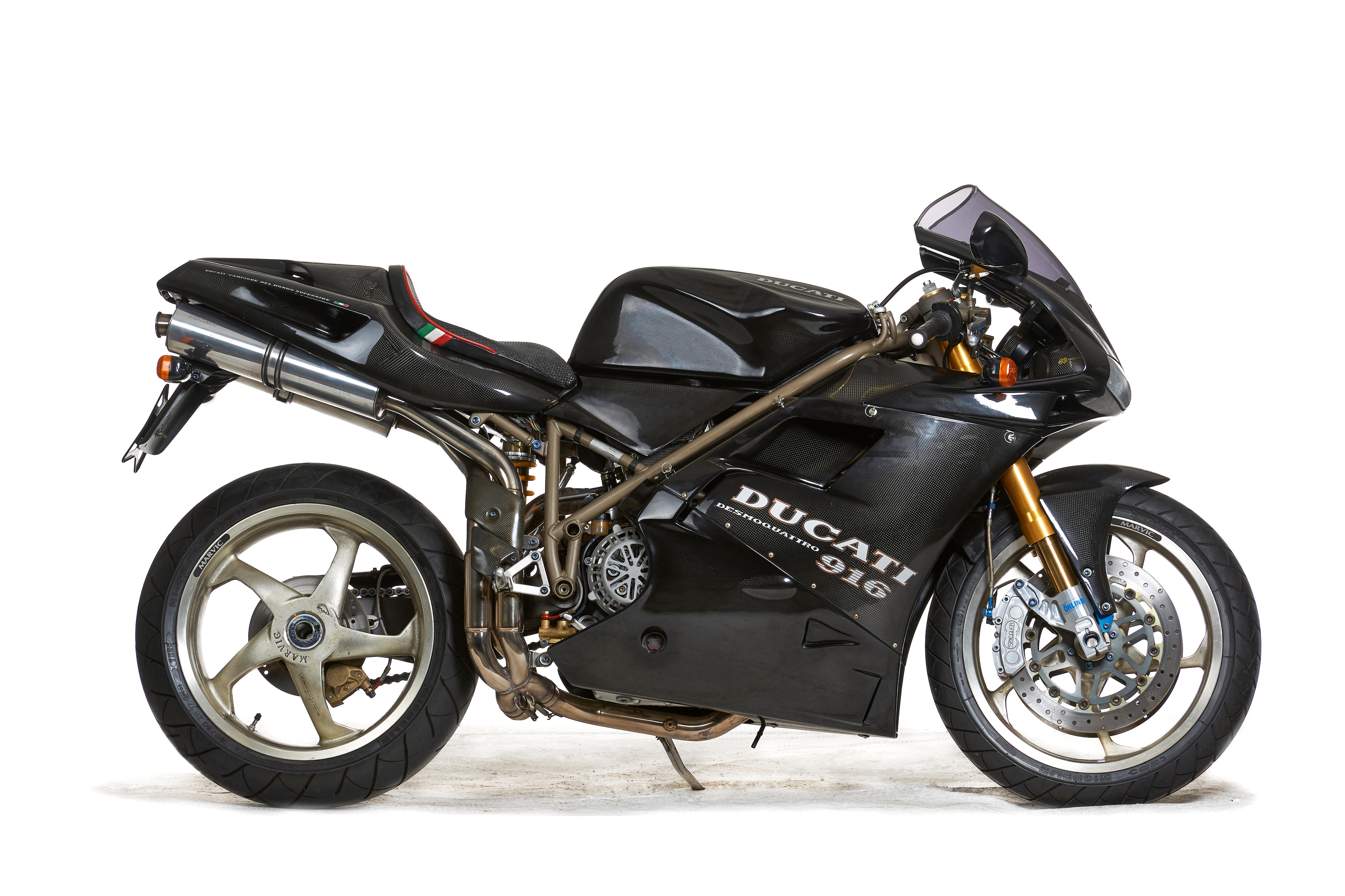
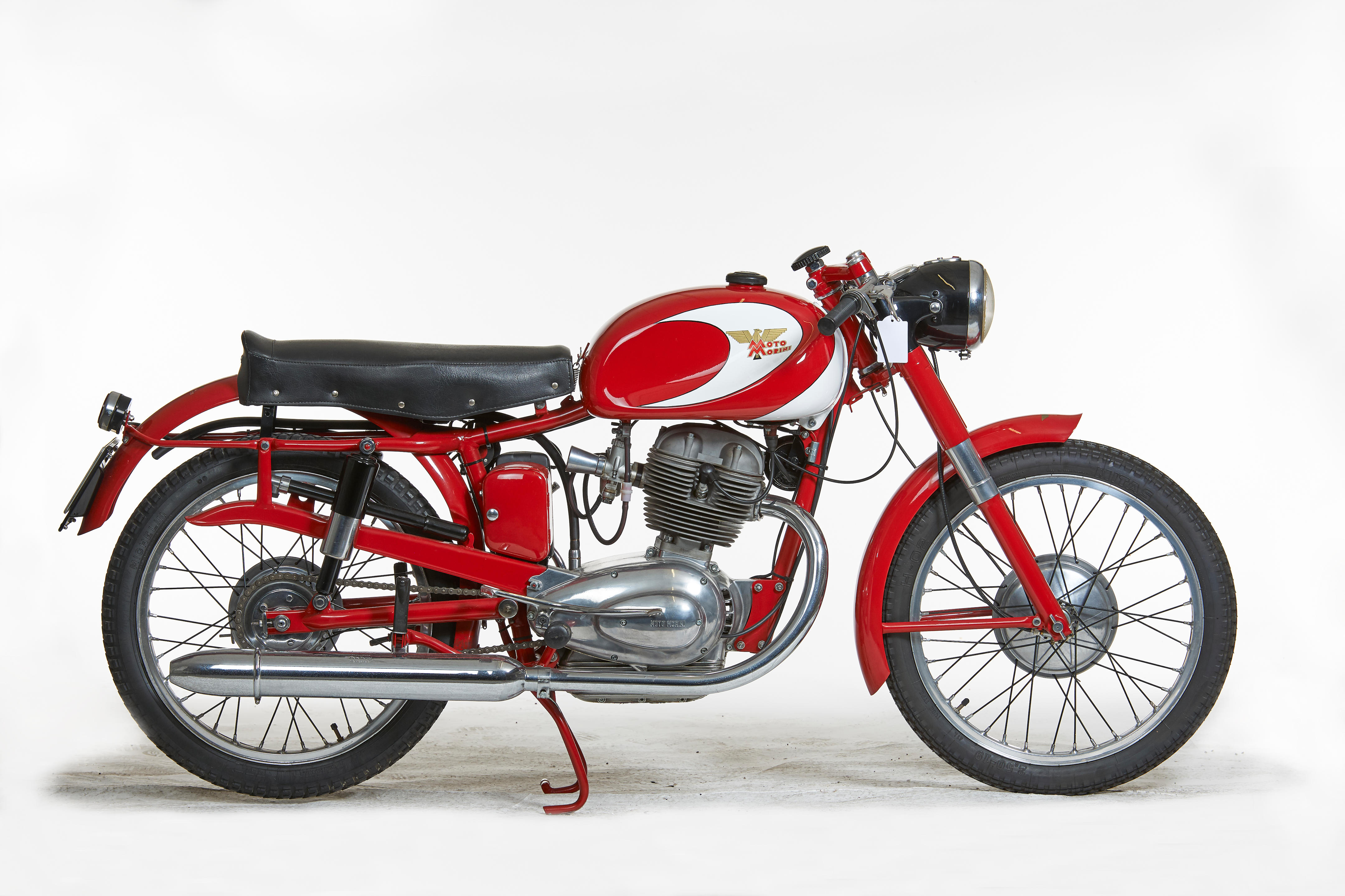

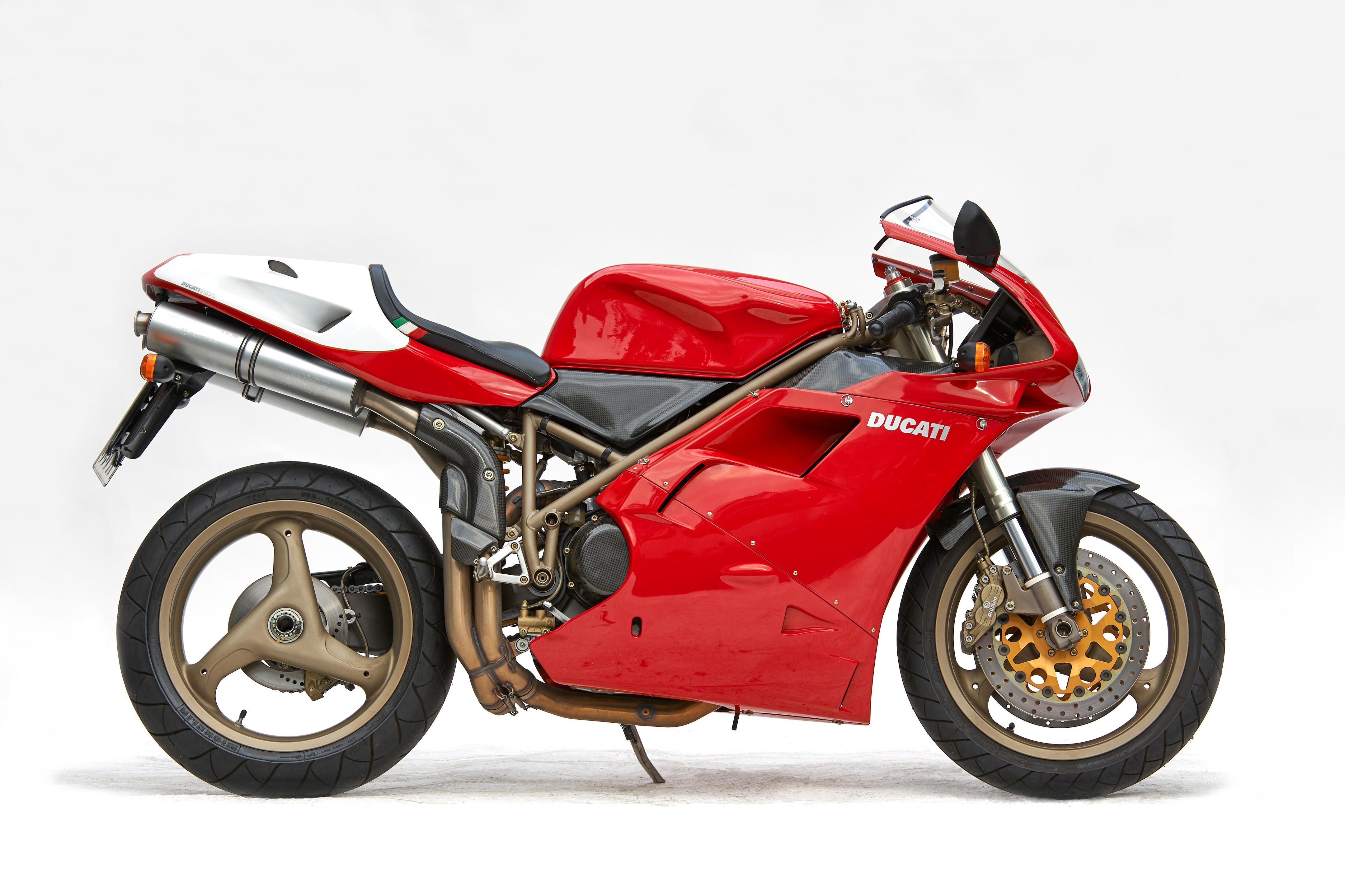

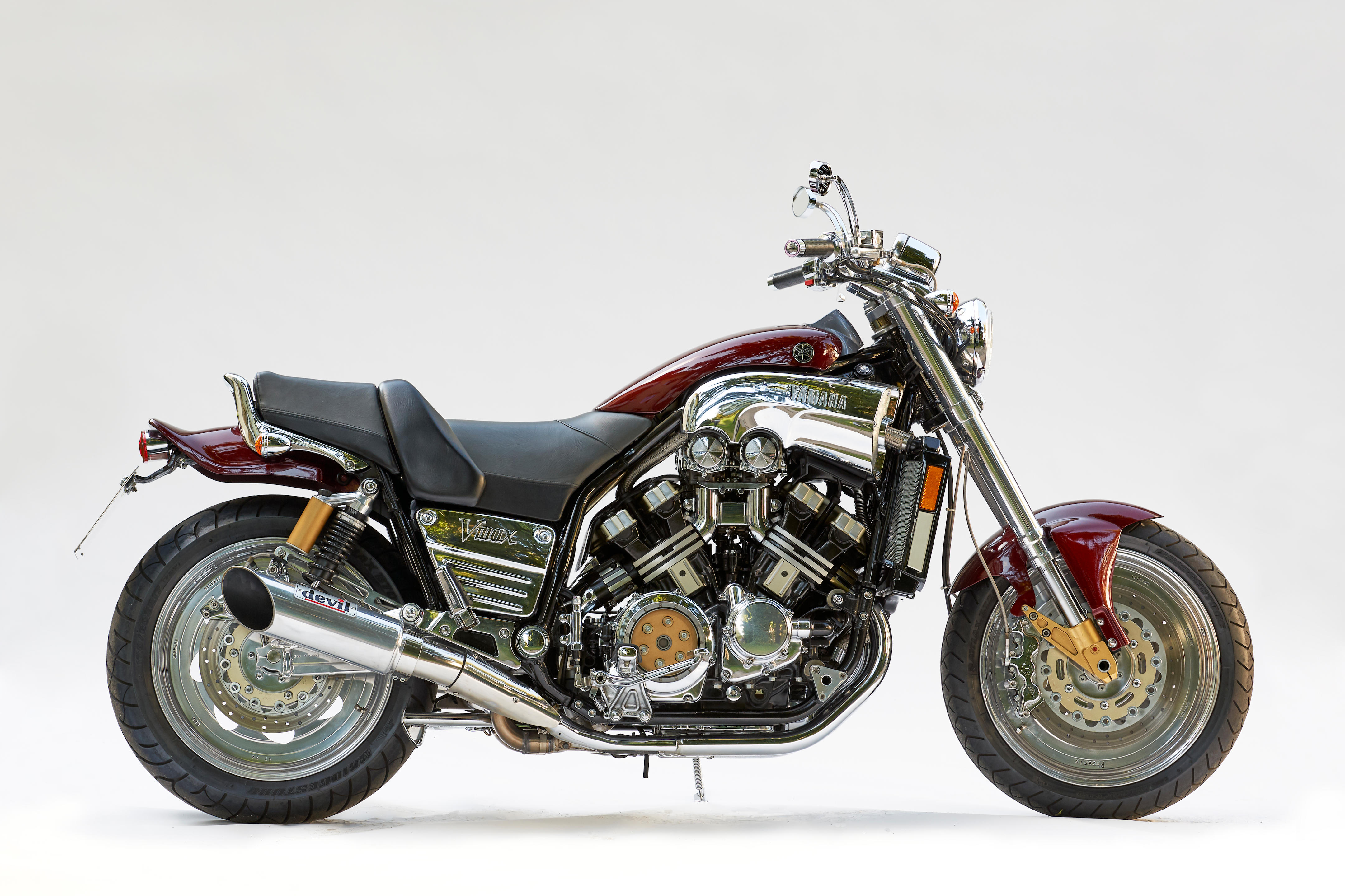
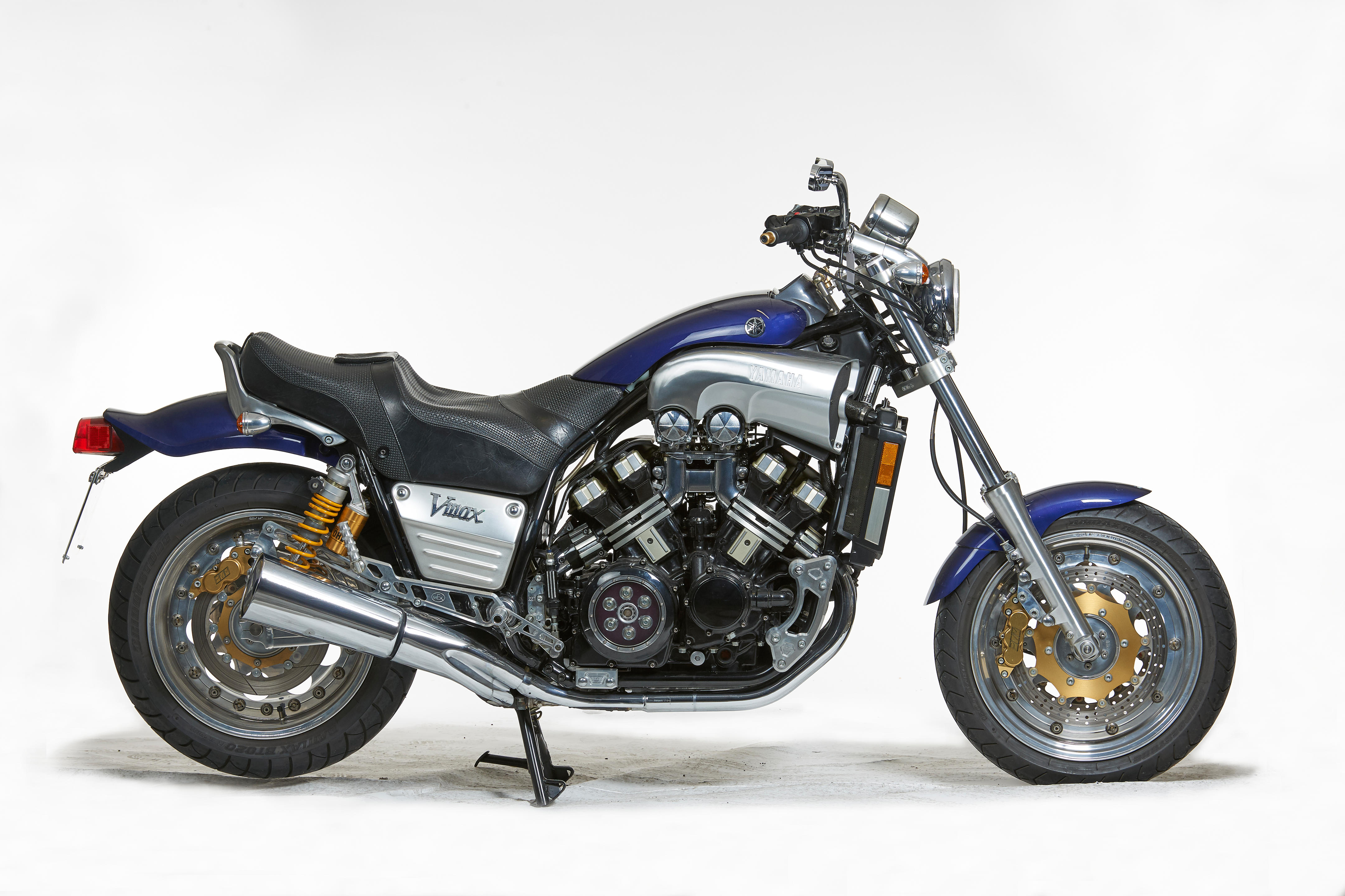
Testen Sie LotSearch und seine Premium-Features 7 Tage - ohne Kosten!
Lassen Sie sich automatisch über neue Objekte in kommenden Auktionen benachrichtigen.
Suchauftrag anlegen